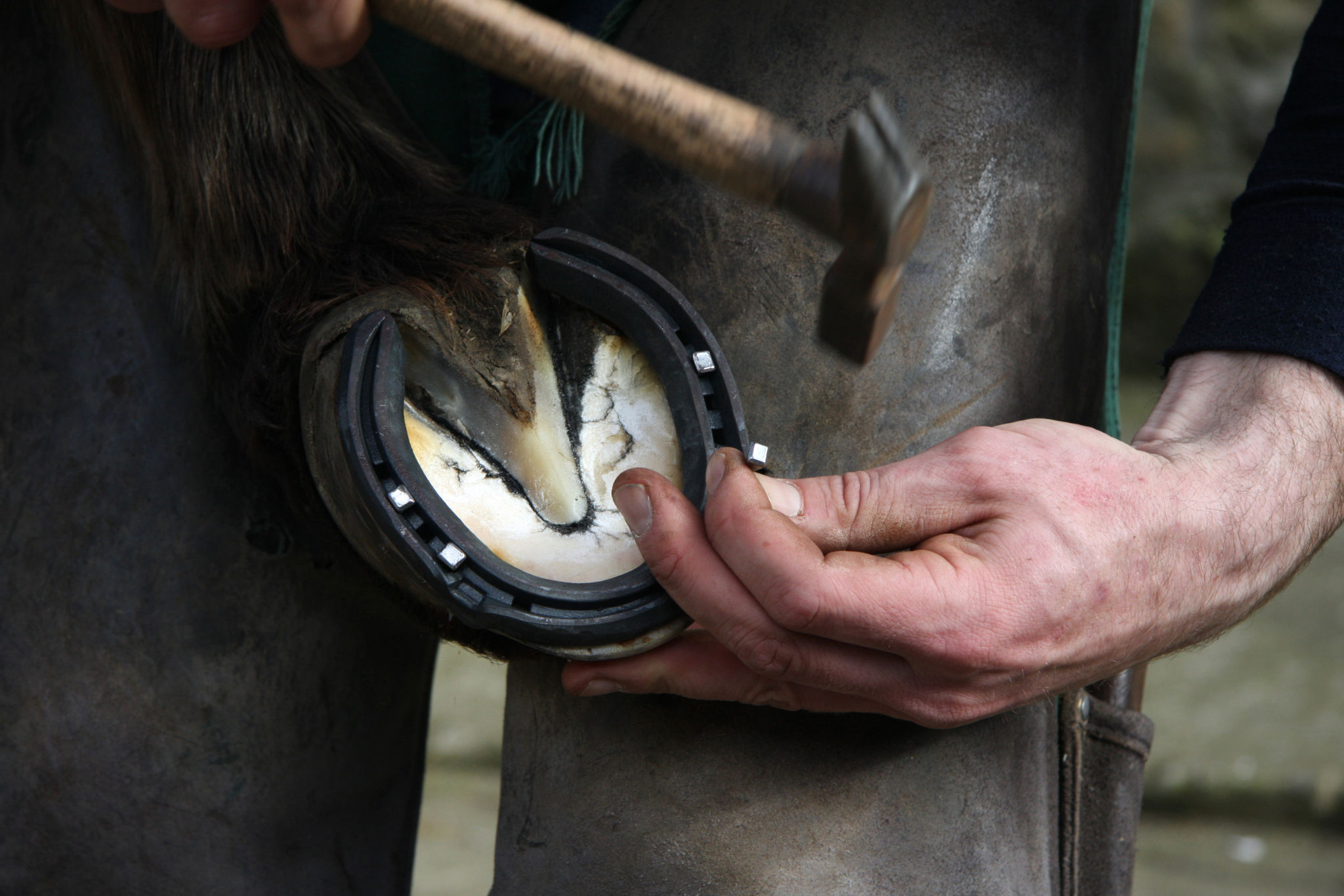Debunking Common Myths About Farrier Services and Hoof Care
Understanding Farrier Services
Farrier services are crucial for maintaining the health and wellness of horses. Despite their importance, there are numerous myths surrounding these services that can lead to misconceptions and improper hoof care. In this post, we aim to debunk some of the most common myths about farrier services and hoof care to help horse owners make informed decisions.

Myth 1: Horses Don’t Need Regular Hoof Care
One of the most pervasive myths is that horses can naturally take care of their hooves and do not need regular attention. This is far from the truth. Just like humans require regular nail care, horses need consistent hoof maintenance to prevent pain, lameness, and other health issues. A professional farrier can provide expert care that a horse owner might overlook.
Regular hoof care involves trimming and balancing the hooves, which helps prevent overgrowth, cracking, and other deformities that can lead to discomfort or injury. Depending on the horse’s activity level, environment, and individual needs, farriers typically recommend visits every six to eight weeks.
Myth 2: Shoeing is Harmful to Horses
Another common misconception is that shoeing is inherently harmful to horses. In reality, shoeing can be beneficial and sometimes necessary for a horse's health and performance. Shoes provide additional protection against wear and tear, especially for horses that frequently work on hard or uneven surfaces. They can also offer therapeutic benefits for horses with specific hoof issues.

It's important to note that improper shoeing or incorrect shoe size can indeed cause harm. This emphasizes the need for a skilled and experienced farrier who understands the unique requirements of each horse. A well-trained farrier will ensure that shoes are fitted correctly to support the horse’s natural movement.
Myth 3: All Hoof Problems Can Be Solved by a Farrier
While farriers play a crucial role in maintaining hoof health, not all hoof problems can be resolved by farrier services alone. Certain conditions may require veterinary intervention or a combination of treatments. For example, laminitis or severe infections may need medical treatment alongside regular farrier care.
Collaboration between veterinarians and farriers is often necessary for comprehensive hoof health management. Together, they can develop a treatment plan tailored to the specific needs of the horse.

Myth 4: All Horses Should Be Barefoot
The debate between barefoot versus shod horses is ongoing, with many advocating for one over the other. However, the decision should be based on the individual needs of each horse rather than a one-size-fits-all approach. While some horses thrive barefoot, others benefit from the protection and support that shoes provide.
Factors such as workload, terrain, hoof condition, and overall health should be considered when deciding whether to shoe a horse. Consulting with a knowledgeable farrier can help determine the best approach for each horse’s circumstances.
The Importance of Professional Farrier Services
In conclusion, debunking these myths highlights the importance of professional farrier services in maintaining optimal hoof health for horses. Recognizing the value of regular hoof care and understanding when shoes are necessary can lead to healthier, happier horses.
By partnering with skilled farriers and veterinarians, horse owners can ensure their equine companions receive the best possible care tailored to their specific needs. Remember, informed decisions are key to successful hoof management.